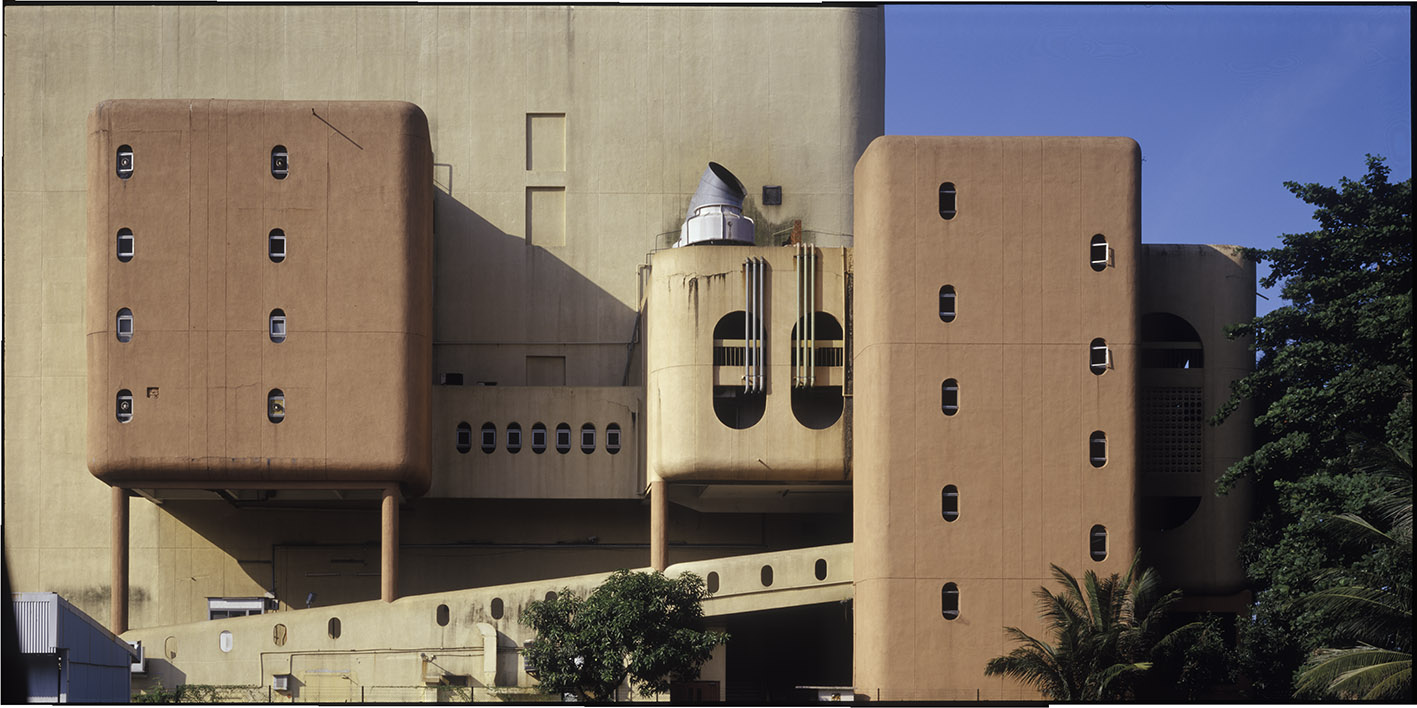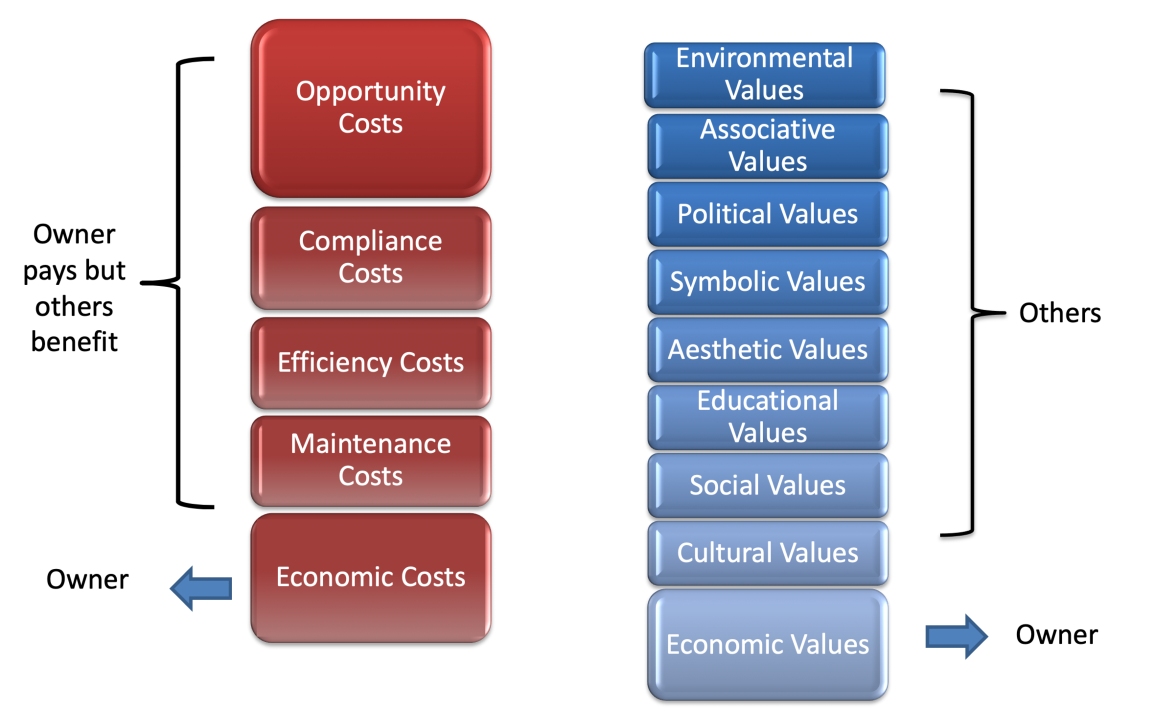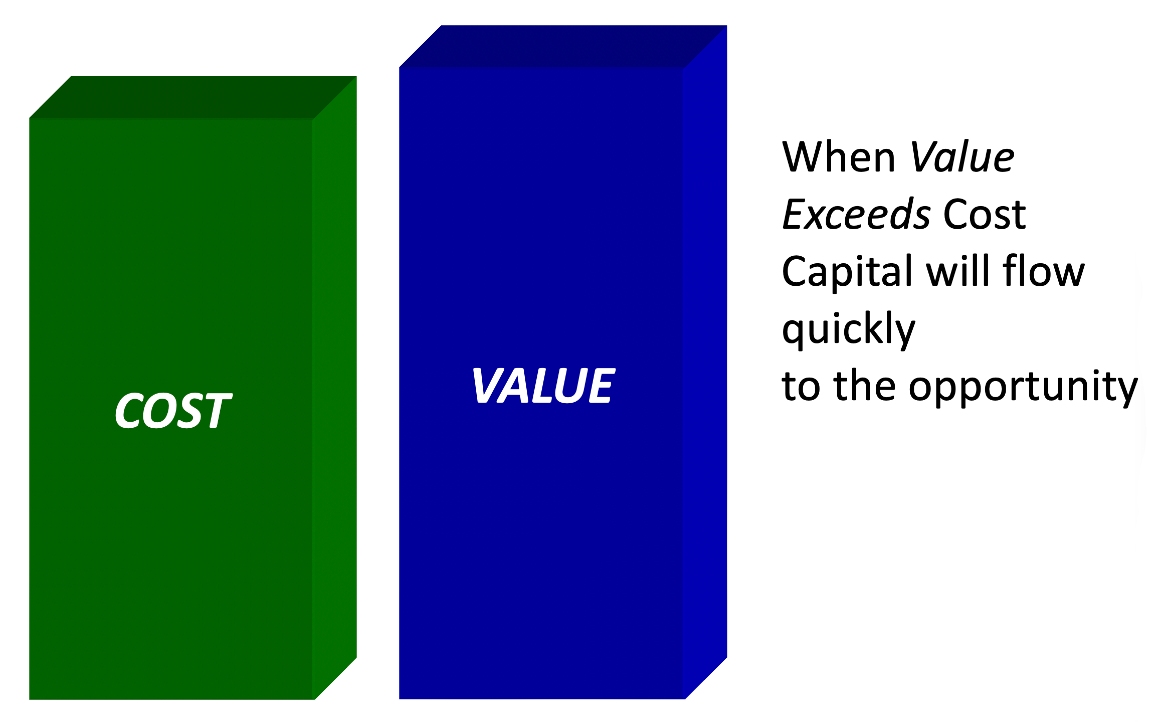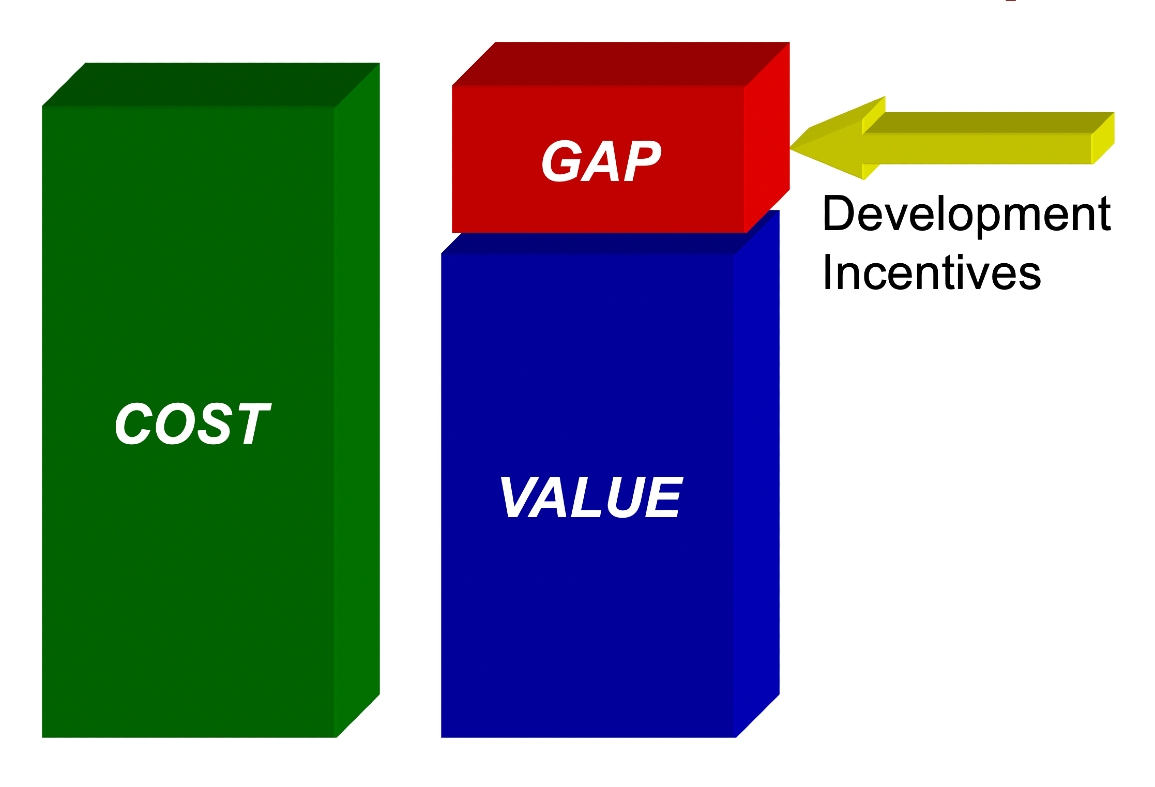
The built heritage is a widely-acknowledged public good. The public benefits from multiple values that heritage buildings might represent, including aesthetic, symbolic, associative, environmental and others.
As modern heritage is added to the categories of buildings that should be protected, the question becomes “How?”.
Not even the richest of governments can fully fund all the buildings worthy of preservation.
As a result, governments have begun exploring ways to motivate historic property owners and investors to retain, conserve and rehabilitate their historic structures. Often this takes the form of incentives.
Five ways to save heritage resources
Some years ago, at a symposium in Austria, MIT scholar Mark Schuster and colleagues concluded that there were only five tools to save heritage resources:
1. Ownership and operation
2. Regulation
3. Information
4. Property rights
5. Incentives
As no government has enough resources to own and care for all its heritage assets, the “own and operate” option is usually reserved for monuments of national significance.
Regulation is probably the most commonly-used tool, requiring property owners to abide by certain rules at minimal cost to the government.
Information, in the form of training, education and advocacy, is typically utilised to stimulate support for historic structures.
Property rights are tools such as easements, transferable development rights, first right of refusal and separation of land and building ownership, all of which might be used to protect a building from insensitive change or demolition.
Finally, incentives are policy or financial tools that are used to encourage private or non-profit sector participation in heritage conservation.
When Cost Exceeds Value
In most of the countries in the ASEAN region, the economy is largely market-driven and many (or most) of the heritage buildings are owned by the private sector.
The building owner is certainly entitled to the economic value of those buildings. But one could make the argument that the other values of the built heritage accrue to the general public rather than the owner.
Therefore, incentives are a way to “pay” for the public goods (the non-economic values of conservation) that flow to the public at large (Fig. 1).
 Fig. 1. Costs incurred by owners/developers also result in other non-economic values of heritage buildings that other stakeholders will benefit from. (Source: Donovan Rypkema)
Fig. 1. Costs incurred by owners/developers also result in other non-economic values of heritage buildings that other stakeholders will benefit from. (Source: Donovan Rypkema)
The beneficiaries of that heritage development include tenants, workers, nearby property owners and businesses, the tourism industry, taxing entities, the public at large and generations yet unborn.
There are other practical reasons for incentives, however, one of which is closing the “gap”.
For those not intimately involved in real estate development, the terms “cost” and “value” are often used as synonyms. They are not.
“Cost” is the sum of the dollars/yen/yuan/ringgit etc. that will be expended between the idea and the completed project.
“Value” is what the marketplace is willing to pay for that property to buy or to rent after completion.
When value exceeds costs, the private sector will usually act on its own without needing either incentives or a public sector partner (Fig. 2).
 Fig. 2. Cost-Value Relationship (i): When values exceed costs, developers or the private sector proceed without requiring public sector support or incentives. (Source: Donovan Rypkema)
Fig. 2. Cost-Value Relationship (i): When values exceed costs, developers or the private sector proceed without requiring public sector support or incentives. (Source: Donovan Rypkema)
However, it is not uncommon for heritage buildings, that cost exceeds value. This difference is known as the gap.
The rational marketplace will rarely make the investment when a gap exists without receiving some type of assistance. That assistance is often in the form of incentives (Fig. 3).
 Fig. 3. Cost-Value Relationship (ii) : When costs exceed values resulting in a “gap”, this gap is closed through assistance such as incentives. (Source: Donovan Rypkema)
Fig. 3. Cost-Value Relationship (ii) : When costs exceed values resulting in a “gap”, this gap is closed through assistance such as incentives. (Source: Donovan Rypkema)
Any investment has some balance between risk and reward. As long as risk and reward are in balance, someone will make the investment.
Often with heritage buildings, however, the problem is not that the investment is too “risky”, but that the risk and the reward are out of balance, that is, the amount of anticipated return is insufficient to justify the risk that is undertaken.
If it is desirable for private capital to go into those buildings, it is necessary to find ways to reduce the risk or increase the reward, so that the risk and the reward are in balance. Again, incentives are a way of doing that.
An additional public benefit from providing incentives is the pattern that completed heritage conservation projects frequently catalyse additional investment as well as property value increases in the area around the investment.
How to create incentives
When the decision is made to create incentives, the “Three Ws” need to be considered: WHEN do they affect the project, WHO provides the incentives, and WHAT does the incentive accomplish.
In any heritage conservation project, the desired outcomes may vary depending on the particular needs at any given point.
There are six phases in the development process in which an incentive might be introduced:
1. Predevelopment
2. Acquisition
3. Rehabilitation
4. Raising investment capital
5. Operation
6. Disposition of the asset
For example, if a developer is precluded from investing in a heritage asset because the structure sits on environmentally-sensitive land, he might be motivated to participate in the project if an environmental-impact assessment is paid for and conducted during the predevelopment stage.
At the other end of the time scale, if there is considerable uncertainty as to the potential market for the property, an agreement to purchase the heritage building at a time in the future might be an incentive seen as a significant mitigation of risk.
Though some level of government is the most common source of incentives, they can also be issued by quasi-government entities, and non-governmental or non-profit institutions (NGOs).
Less common are incentives generated by the private sector, though this has occurred in countries such as Spain, Brazil, the United States and Bahrain.
Such programs usually come from the financial institutions like banks, corporations such as utility companies, institutions like hospitals or universities or other individuals.
What incentives accomplish
The impact of an incentive can be far-reaching and make the difference between a project’s success and failure.
Its basic function is to facilitate private investment by mitigating concerns and apprehensions an investor may have about the project.
In general, incentives do this by accomplishing any of the following for heritage rehabilitation projects:
1. Reduce costs
2. Reduce the cash required
3. Increase income
4. Reduce expenses
5. Improve financing
6. Reduce risk
7. Improve the investment environment
8. Improve the information environment
For large and complex projects, in countries where incentives are frequently used, it is not uncommon that a single project would receive multiple incentives from various sources that impact different timeframes in the development process, with different intended outcomes.
The incentives themselves can take many forms, dictated by political, legal, economic and tax structures of the particular country.
The most simple and straightforward incentive is direct financial assistance, usually in the form of a direct grant to the project.
In many countries, there are tax-based incentives, usually in the form of a tax deduction, a tax credit, a waiver of taxes or an abatement of taxes.
These tax-based incentives might be applied to property taxes, income taxes, sales taxes (VAT) or imposed fees.
There can also be debt-based incentives, including low-interest loans, interest-free loans, subordinate debt, forgivable loans or loans of an unusually long repayment term.
Incentives might be structured around the transaction, including the donation or lower-than-market price for acquisition, or subordinate equity provided to the project.
Regulatory incentives could include zoning waivers, fast-track approval processes, existing use permits or variances from zoning or building code requirements.
Some incentives are provided not in cash but in technical assistance. This might include design assistance, real estate technical knowledge and assistance with structuring the transaction, or assistance in going through the regulatory process.
Finally, public investment can be seen as an incentive and might include infrastructure improvements, targeted investment zones, public space improvements, parking, or public policies that give priority to leasing space in heritage buildings.
No matter how well-designed an incentive may be, if it is not properly administered and overseen, it is unlikely to yield the desired results.
Many incentive programs, such as transfer of development rights or tax credits, can be administratively complex and require dedicated government oversight.
This requires that public sector employees have the proper training, skills and knowledge to manage such program.
Further, creating a transparent and streamlined process through which all parties understand their obligations and benefits greatly increases an incentive’s effectiveness and the private sector’s willingness to participate in the program.
Lastly, public education that explains the concept and application of the incentive alleviates confusion and encourages participation.




 Share
Share









